Search The Collection
Filter By
Object Type / Material
Geographic Location
Date / Era
Department
Show Only:
- As part of the Met's Open Access policy, you can freely copy, modify and distribute this image, even for commercial purposes.APIPublic domain data for this object can also be accessed using the Met's Open Access API
- Objects with changed or unknown ownership in continental Europe between 1933-1945. Learn more
Showing 1,597 results for Western Europe
Sort By:
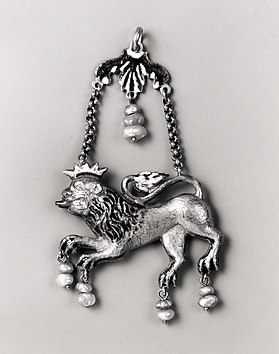
Western Europe
probably second half 19th century
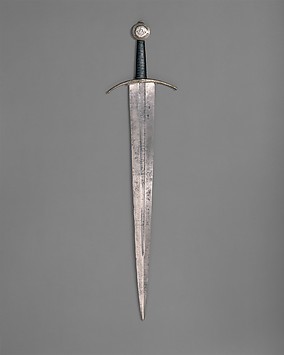
Western European
ca. 1400

probably Western Europe, possibly Paris
late 19th century
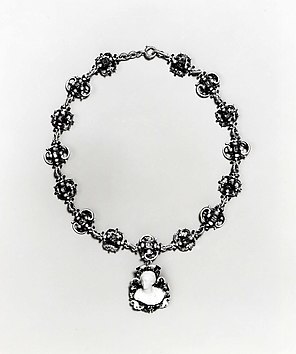
Western Europe, possibly German or Austrian
late 19th century

Western European, Langobardic
7th century
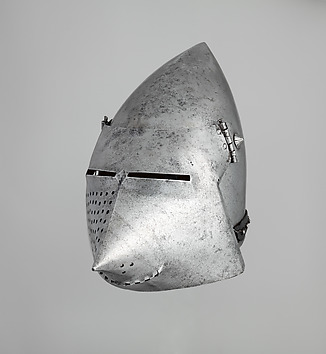
Western European
ca. 1375–1400
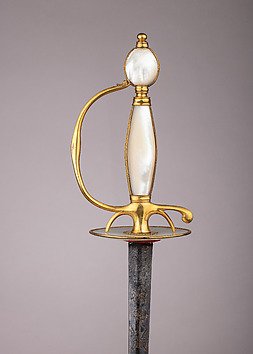
Western European
ca. 1775–90
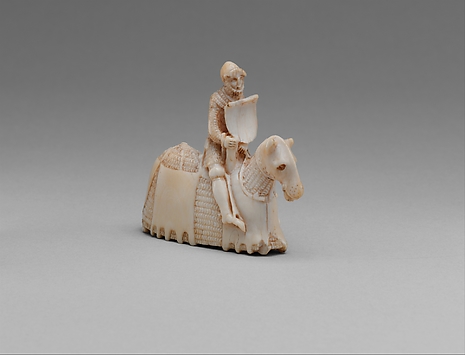
Western European, possibly England
ca. 1350–60
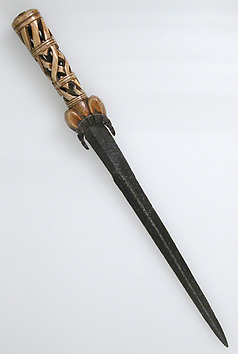
Western European, possibly Britain
ca. 1450–1500
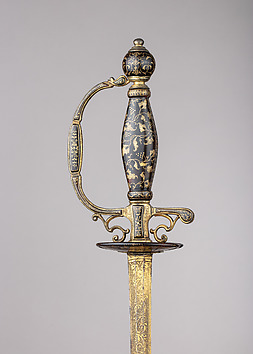
Western European, probably Naples
ca. 1720
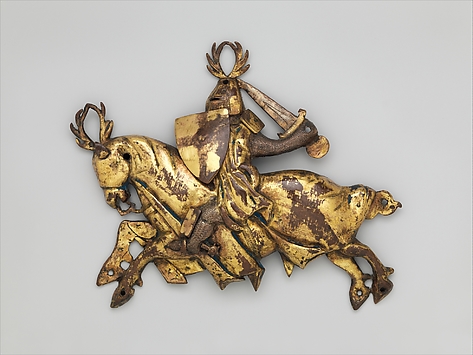
Western European, possibly British
ca. 1300

Western European, Langobardic
7th century
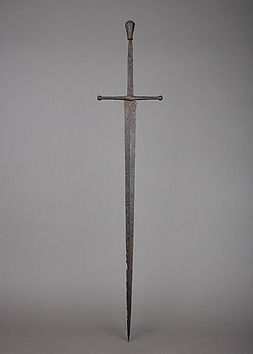
British or Western European
ca. 1400–1450

Walter Archibald Propert
1921
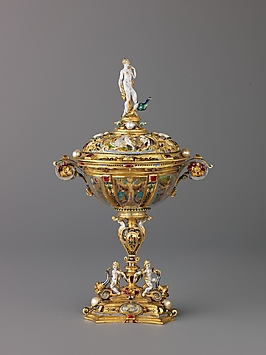
Western European
second half 19th century
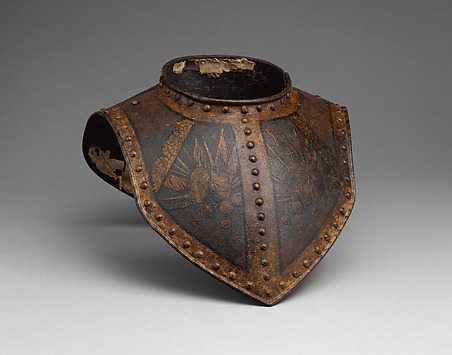
Western Europe, probably British or Dutch
ca. 1625–50
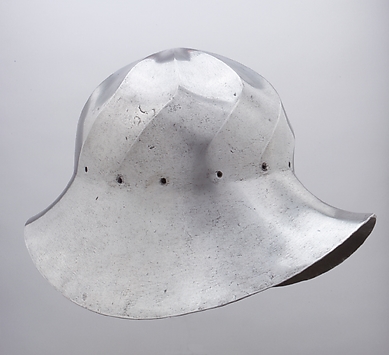
Western European, probably Burgundy or Flanders
ca. 1475
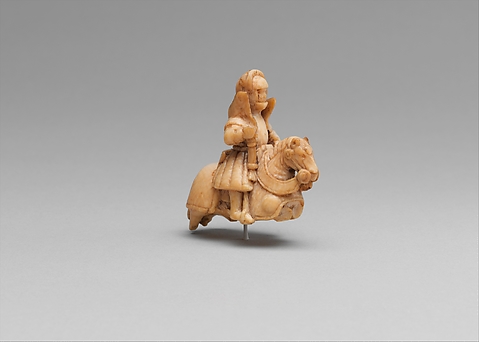
Western European, possibly Germany or England
ca. 1510–30
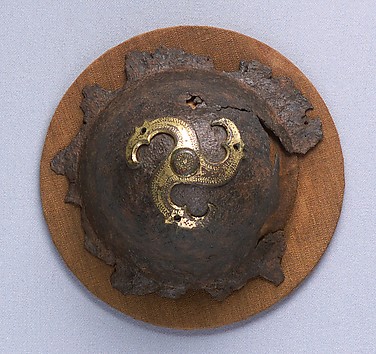
Western European, Langobardic
7th century

Western or Central European; quiver, possibly German
quiver, probably early 16th century; bolts, 14th–16th century
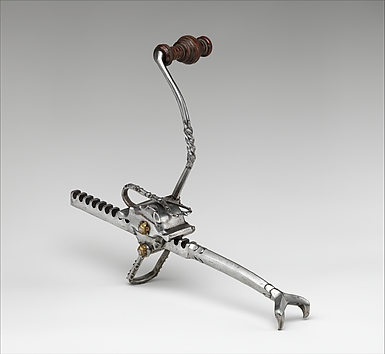
Western or Central European, the Netherlands or Austria
ca. 1505–19

Western European, Gallo-Roman (found in Vermand, France)
late 4th century

Western European, Gallo-Roman (found in Vermand, France)
late 4th century
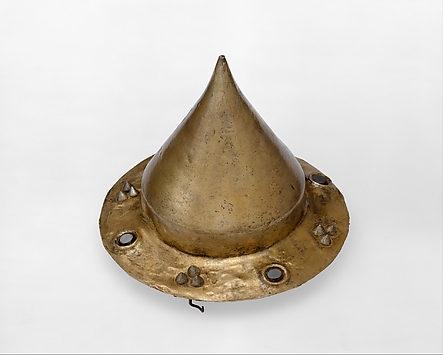
Western European, Gallo-Roman (found in Vermand, France)
late 4th century
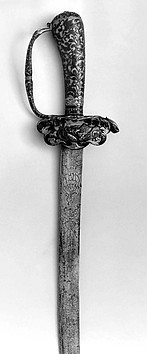
hilt, Japanese, made for the European market; blade, Western European
hilt, ca. 1700–1725; blade, ca. 1750
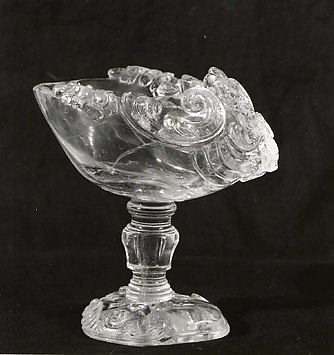
Western Europe, probably Austria or Germany
second half 19th century
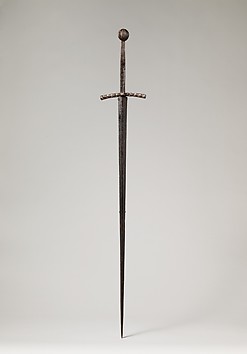
probably German
ca. 1400–1430

Johan Adolph Grecke
1786

probably Italian
1450–1500
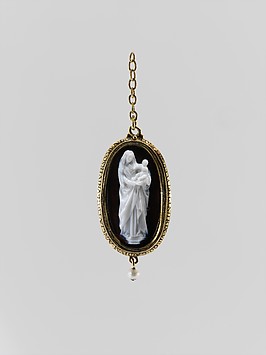
Flemish or Burgundian, and Western European
ca. 1440–50; 19th or 20th century
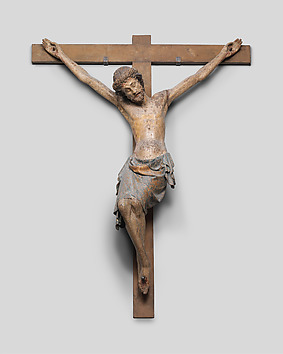
French
ca. 1300
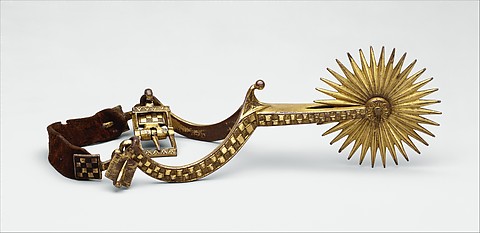
French or Spanish, Catalonia
ca. 1400
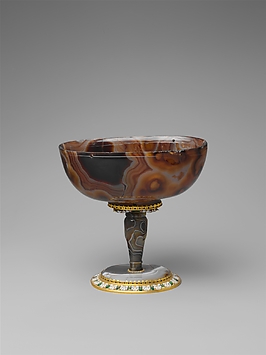
Byzantine (cup) and French, Paris (stem, base, and mounts)
cup 900–1100 CE; stem, base, and mounts ca. 1655–60
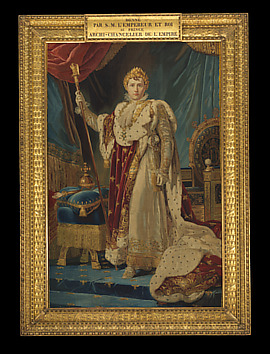
baron François Gérard
designed 1805, woven 1808–11
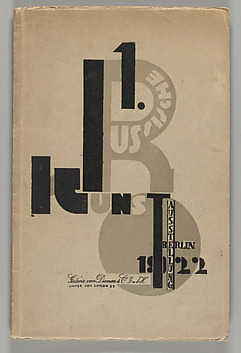
El Lissitzky
1922
Central or Western Europe
9th–10th century, with modern restorations
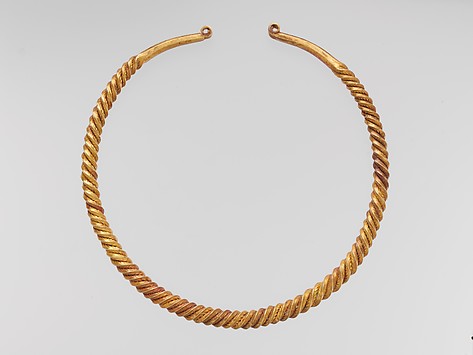
Celtic
6th–4th century BCE
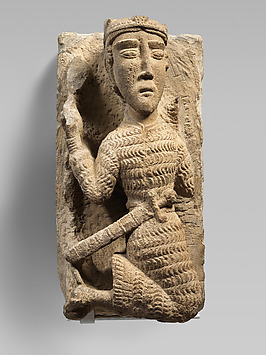
North Spanish
ca. 1175–1225
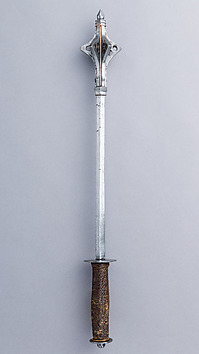
possibly French
late 15th century
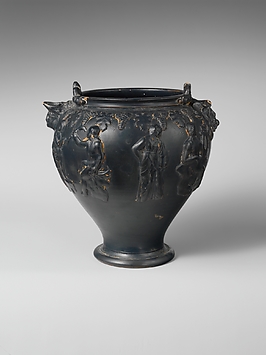
Etruscan
early 3rd century BCE